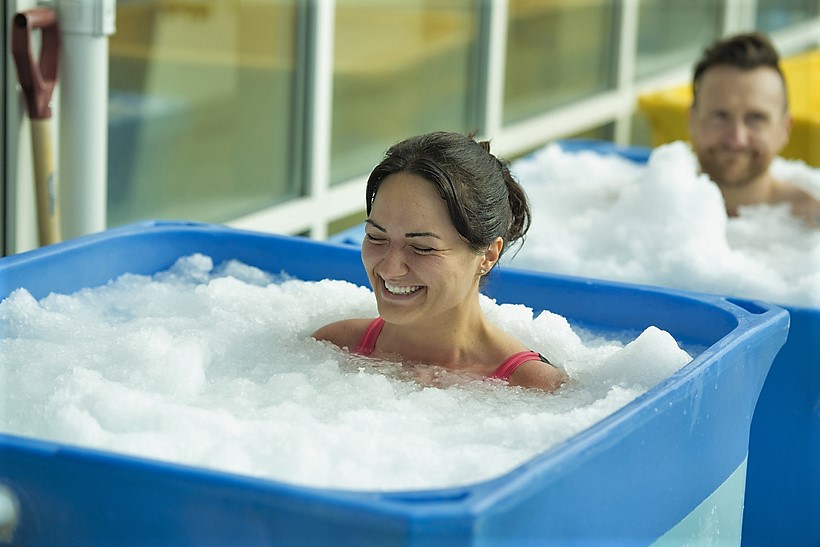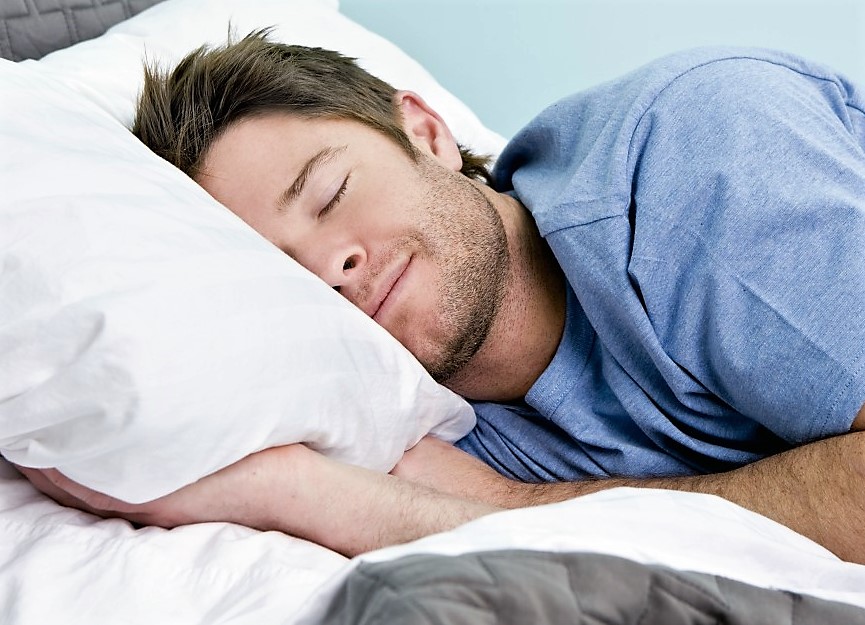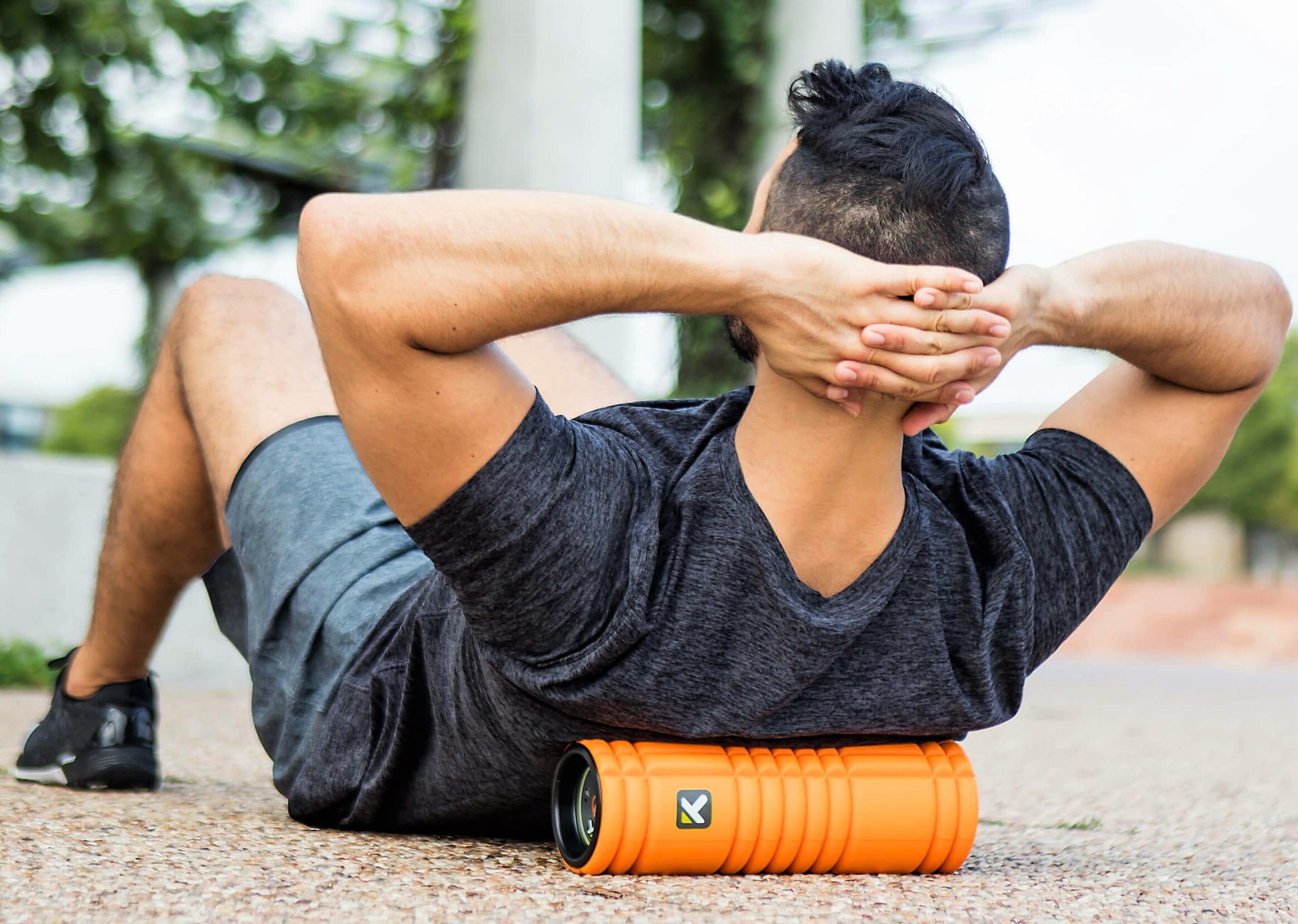Using an ice bath for recovery or getting into a long hot sauna session have been go-to recovery tools for athletes for a long time, but how useful are they actually? Is there a reason to use cryotherapy, or cold thermogenesis as it’s sometimes known, as a recovery tool? Or should you go with a nice warm bath after a long day to relax before bed and reduce DOMS? Which is better for fat loss? Muscle mass? Strength? I’ll go over all that and a bit more.
What Warm Water Does to Muscles
No studies directly analyzed how a hot bath affects muscle soreness and muscle growth, but a study does exist that details that post-workout warm baths with water jets lead to increased serum myoglobin, and enhanced the maintenance of neuro-muscular performance capacity.
Another notes that a warm (not hot) bath before bed increases sleepiness and helps improve sleep, whereas a cold bath seems to have no change. A very hot bath would likely shock the body to be a bit more awake, which isn’t necessarily what you want for better sleep.
Another study notes that heat in general seems to promote pain relief and decrease DOMS, although not significantly. There also seems to be no adverse reaction in terms of strength, noting that muscle strength was preserved. Heat also seems to improve flexibility and strength.
Ice Bath for Recovery
Aside from heat, the other thing we’re prone to try for recovery is cold. The ice bath for recovery has been popular for decades and has recently enjoyed a great surge in usage as a way to reduce DOMS, theoretically. But the facts don’t seem to support the ice bath for recovery. While they temporarily reduce muscle soreness (only compared to passive recovery, meaning doing nothing at all), another study analyzing the effects of cold water immersion after a strength workout notes that cold water immersion attenuates (weakens) both strength gains and muscle gains after a workout.
Frequent cold immersion may lead to smaller gains, while also potentially offering no tangible benefits in the fight against soreness and DOMS.
Alternating Temperatures for Recovery
If hot and cold water immersion are two sides of a coin, then flipping the coin continuously might be another way to fight DOMS. This review seems to suggest that there isn’t enough research to wholly recommend hot-cold water immersion as a form of post-exercise treatment to fight DOMS, meaning, if your primary goal is recovery, there’s no good reason to pursue frigid waters at all. But what if it isn’t?
Cold for Fat Loss
Exposure to cold increases the body’s production of brown adipose tissue, also known as brown fat cells, or BAT. BAT, unlike white fat cells, burns calories and is responsible for managing body temperature in cold environments. The body produces more BAT in response to frigid environments, as a way to help the body adapt. Carefully increasing your exposure to cold air and cold environments will increase your BAT, thus allowing you to burn more fat. There’s also the fact that ice-based spot reduction is an FDA-approved treatment for fat loss, and that the cold can help you burn more calories through shivering and BAT. This, combined with strength training, makes a good argument for cold therapy as a way to burn more fat and help during body recomposition. That being said, I don’t recommend it for recovery purposes.
More Than Just Baths
So, maybe an ice bath for recovery isn’t the smartest thing. We’ve spent a lot of time establishing that cold water doesn’t really reduce DOMS or have an anti-inflammatory effect. At most, you can count on maybe losing extra weight through cold thermogenesis, and by burning calories through shivering while building up the amount of brown adipose tissue in your body (which, again, burns calories).
But when it comes to seeking out recovery benefits after a workout, skip the ice-cold shower and the full-body cold immersion. Best case scenario, nothing happens, and you lose a little fat. Worst case scenario, you’re actively inhibiting your ability to build muscle and your habit of dunking in cold water is actively hampering your size and strength gains.
It’s not necessarily counter-intuitive. Most people make fewer gains and lift less weight in the winter months because they’re so damn cold, and almost no one reports that they feel better or ache less just because it’s chilly. In fact, most people are prone to complaining about joint pain and injuries more often during colder weather.
 On the other hand, there’s a decent amount of evidence to suggest that heat therapy increases muscle gain and muscle contraction. Taking a hot shower or getting into a warm bath every now and again is going to prevent protein degradation, improve recovery, and help you relax – which reduces stress both mentally and on a physiological level, bringing a whole slew of health benefits to the table including general longevity and quality of life.
On the other hand, there’s a decent amount of evidence to suggest that heat therapy increases muscle gain and muscle contraction. Taking a hot shower or getting into a warm bath every now and again is going to prevent protein degradation, improve recovery, and help you relax – which reduces stress both mentally and on a physiological level, bringing a whole slew of health benefits to the table including general longevity and quality of life.
RICE and Lifting
There are a million roads to Rome, and taking an ice bath for recovery is just one of them. If you want proper recovery and if you want to improve your lifting performance and muscle gain outside of your workouts, then you’re going to have to take a look at your whole spectrum of recovery options. You’re a poor athlete if you only recover in one or two ways – looking after your body between workout sessions is essential if your goal is to maximize performance. Better recovery means better performance during training, fewer injuries, greater muscle adaptation, increased rate of strength gains and muscle gains, and overall better health. The more you recover, the better you lift. The key, however, doesn’t lie in the usual conventions of RICE, which is:
- Rest
- Ice
- Compression
- Elevation
We’ve established that ice and coldness in general doesn’t do you any good for recovery, but it goes further than that – it actually doesn’t do you good for injuries, either.
Ice and Inflammation
Ice can be temporarily analgesic by delaying the effects of swelling and inflammation, but once the body adjusts to the cold or you stop applying ice, the inflammation continues as planned. Because inflammation is a key part of how the body deals with injuries, using ice on an injury will actually delay recovery in some cases.
So, in other words – yes, cold exposure reduces inflammation very effectively. For a short period of time. After that, it comes back like normal.
Other Recovery Options
This gets us to the key question – hot baths are great, but what else? Here are some go-to recovery tools:
A Good Massage
By far the best thing against muscle pain and for general recovery is a massage. A good massage will loosen up your connective tissue, unlock better range of motion, reduce muscle soreness (probably by improving blood flow), and improve your performance by just getting you back into the weight room sooner and with less pain and less risk of injury. Getting a professional masseuse with sports medicine experience to lay their hands on you can cost a solid bit of cash, so this one’s a bit limited unless you’re a sponsored athlete. Foam rolling, and self-massage devices are acceptable alternatives if you know what you’re doing. I wrote an article on that topic previously.
Active Recovery
Active recovery decreases blood lactate concentration and improves symptoms of DOMS (delayed onset muscle soreness), meaning you’re less sore if you’re going through active recovery. Increased blood lactate seems to decrease aerobic capacity, while having little effect on anaerobic power. However, active recovery also increased anaerobic power (not to be confused with strength or force production). Active recovery consists of walking or light jogging, usually, but can be defined as anything that isn’t really hard. I’m not asking you to do plyometric squats or box jumps the day after you do heavy lifting, but a couple minutes on the treadmill or on a bike can be good.
Hot Stretching
Don’t stretch in a cold environment. But do stretch in a warm environment. Warmth improves both flexibility and strength, essentially improving your range of motion through any given static stretch, which can be great for relieving DOMS as well as helping you improve mobility if you happen to have bad shoulders or a hip or knee injury you need to work through regularly. One study noted a 25% difference in strength and flexibility between hot and cold environments, particularly when testing ACL and PCL flexibility and knee extension.
A Good Night’s Sleep
Nothing is as important for general health and recovery as a good night’s sleep. I know I said massages were the most effective way to prevent injuries and decrease DOMS, which is true, but sleep is absolutely on the #1 spot in all things recovery. Prioritize your sleep, and always try to get enough of it.
Supplements
DOMS is largely a chemical process, although its exact mechanisms are not understood. We know DOMS occurs in anyone and is much more likely to occur when you haven’t been training for a while, indicating that it must be a protective mechanism of some sort to help muscle adaptation while keeping someone from doing something injurious through overtraining. That being said, there are supplements that reduce DOMS – namely BCAAs, taurine and caffeine. In other words: chug a Red Bull and take some BCAAs before every training session. Warm up, do some dynamic stretching, and hit the bar.
There are other tools, and your mileage may vary. You might have access to a hot yoga class, while massages cost you a boatload of cash, in which case you’ll have to resort to self-massage, and foam rolling. Just don’t expect to get a lot of return from frequent ice baths. Furthermore, given that DOMS is a chemical process in the muscles, perhaps the easiest thing to do is eat good food and supplement yourself with BCAAs, taurine, and caffeine right after a workout to reduce soreness. Red Bull is arguably the most economical way to ingest both caffeine and taurine.
Want to lift heavier and avoid injuries? 💪🔥
Download our FREE '5-Minute Warm-Up Routine for Maximum Lifting Performance' and get primed for every workout!
Click below to grab your copy now!👇
👉 Download the Free Guide




